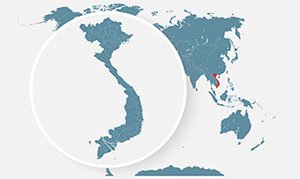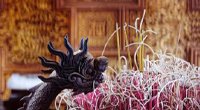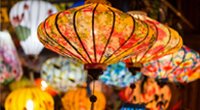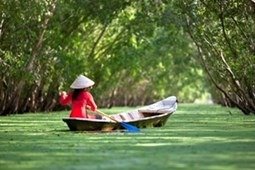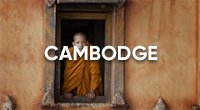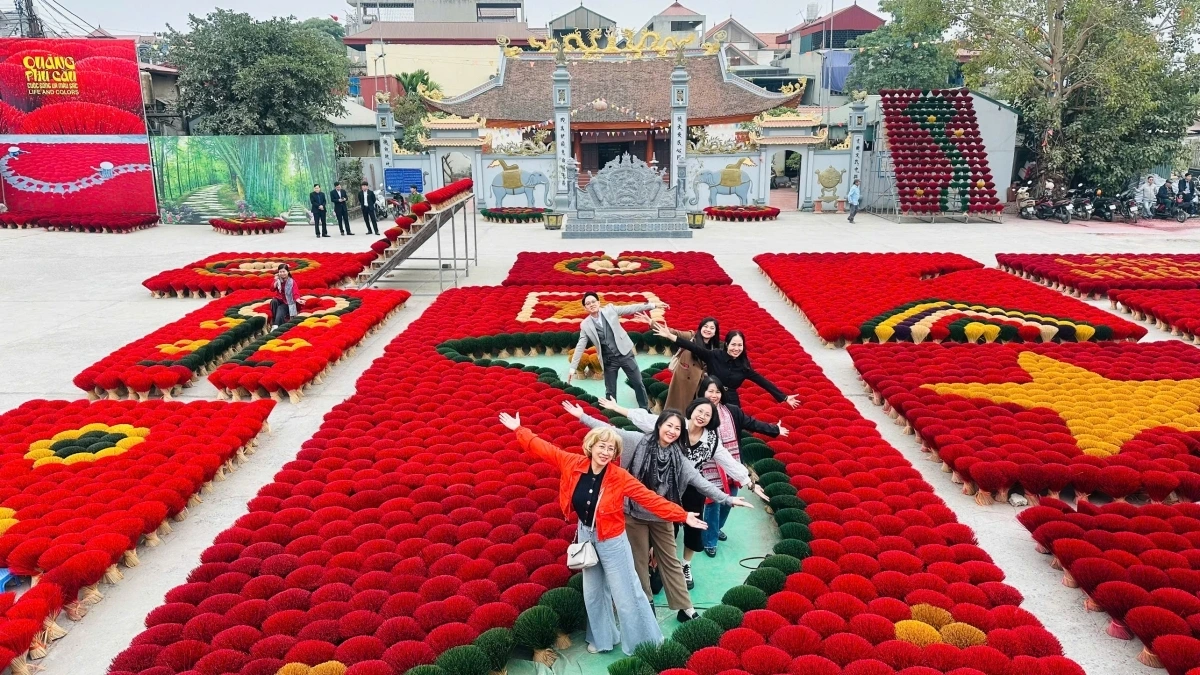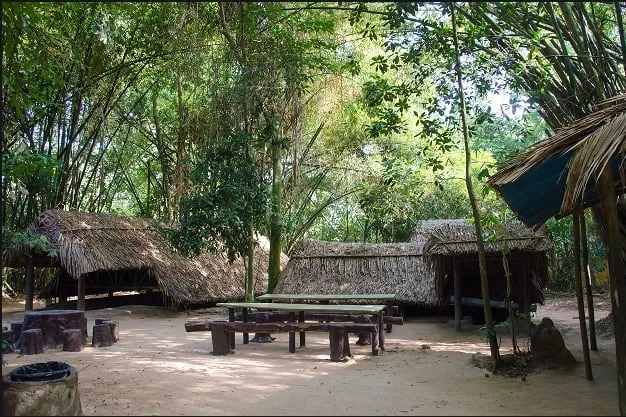Contents
ToggleWhere is Quang Phu Cau Incense Village?
Nestled in Ung Hoa District, about 35 km south of Hanoi, Quang Phu Cau offers a tranquil escape from the capital’s busy streets. This charming village has become a favorite destination for travelers seeking both photographic inspiration and a glimpse into Vietnam’s traditional crafts.
Because of its location, it makes for an ideal half-day trip from Hanoi, easily combined with cultural exploration and authentic local encounters.
How to Get There
- By Motorbike: Follow National Highway 21B → Provincial Road 429. This route gives you freedom and flexibility, though it requires confidence navigating Vietnamese traffic.
- By Taxi or Private Car: The most comfortable and convenient choice, especially for families or groups of friends.
- By Bus: Bus No. 91 goes toward Ung Hoa District. While this is the cheapest option, it’s less practical for international visitors since it doesn’t depart from central Hanoi.
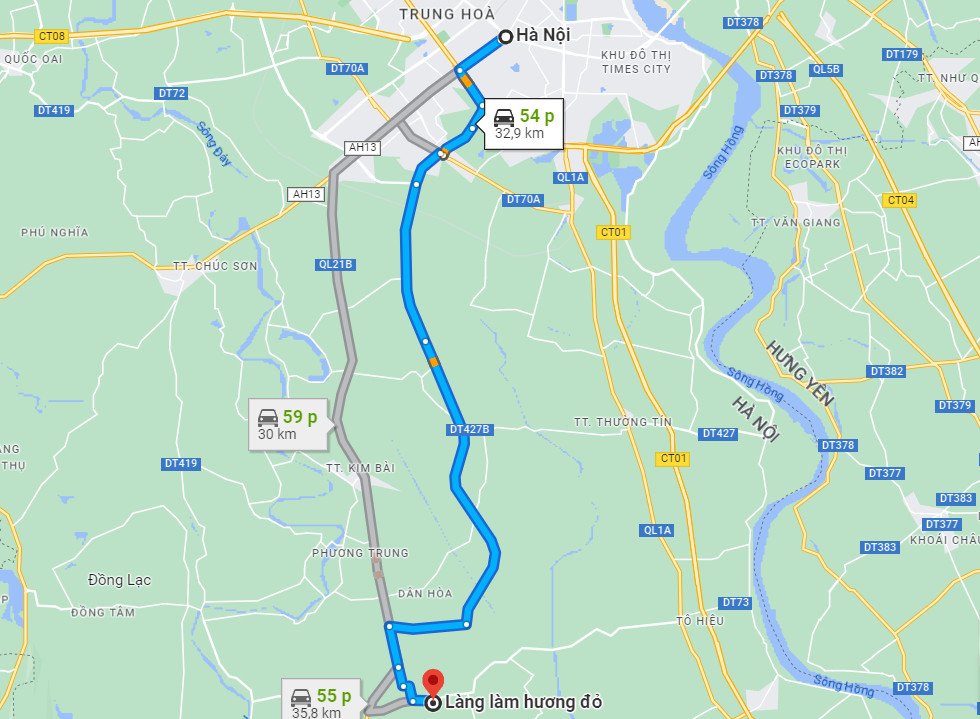
Why Tourists Love Quang Phu Cau
Often called “the incense village of Vietnam,” Quang Phu Cau has gained fame among both domestic and international travelers. What makes it so captivating are the courtyards brimming with colorful incense sticks, arranged in circular patterns that resemble giant blossoms unfurling under the sun.
For photographers, this is paradise—the vibrant reds and yellows form striking contrasts against the rustic backdrop of village life. Beyond their visual appeal, the colors carry deep meaning in Vietnamese culture:
- Red symbolizes luck, prosperity, and protection.
- Yellow represents happiness, harmony, and vitality.
Thanks to this dazzling display, Quang Phu Cau has been featured in magazines, travel documentaries, and even award-winning photography exhibitions around the world.
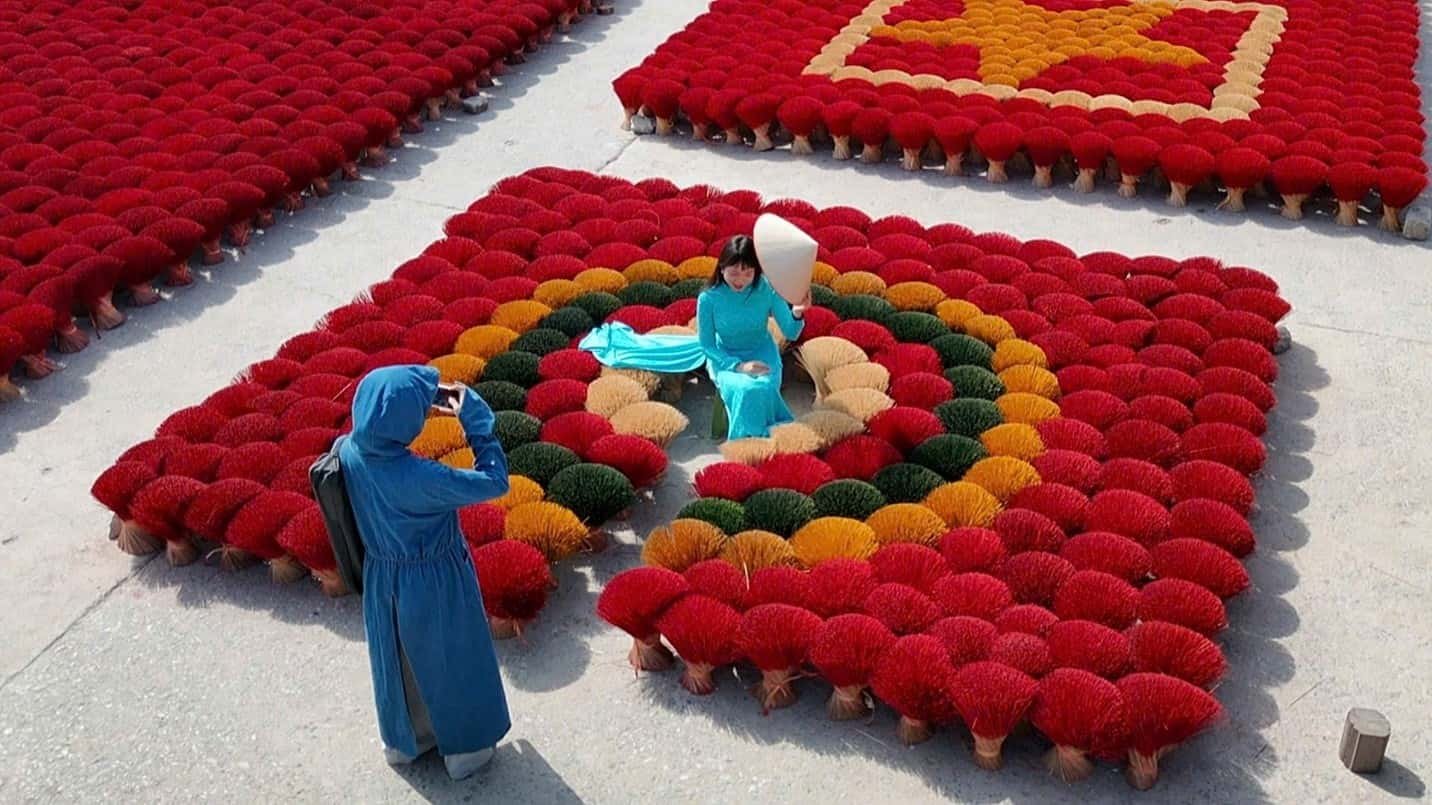
Incense and Ancestor Worship in Vietnam
In Vietnam, burning incense is more than a ritual—it is a way of honoring the invisible bond between generations. From grand ceremonies during Tết (Lunar New Year) to everyday prayers at small home altars, incense plays a central role in spiritual life.
As the fragrant smoke curls upward, it is believed to carry prayers, gratitude, and wishes to the heavens, inviting peace, protection, and blessings for the family. Even in households that may not strictly follow religious practices, the tradition of lighting incense remains a deeply rooted gesture of respect.
This practice transforms incense from a simple household item into a cultural symbol—a bridge linking the past with the present, keeping ancestral memory alive in daily life.
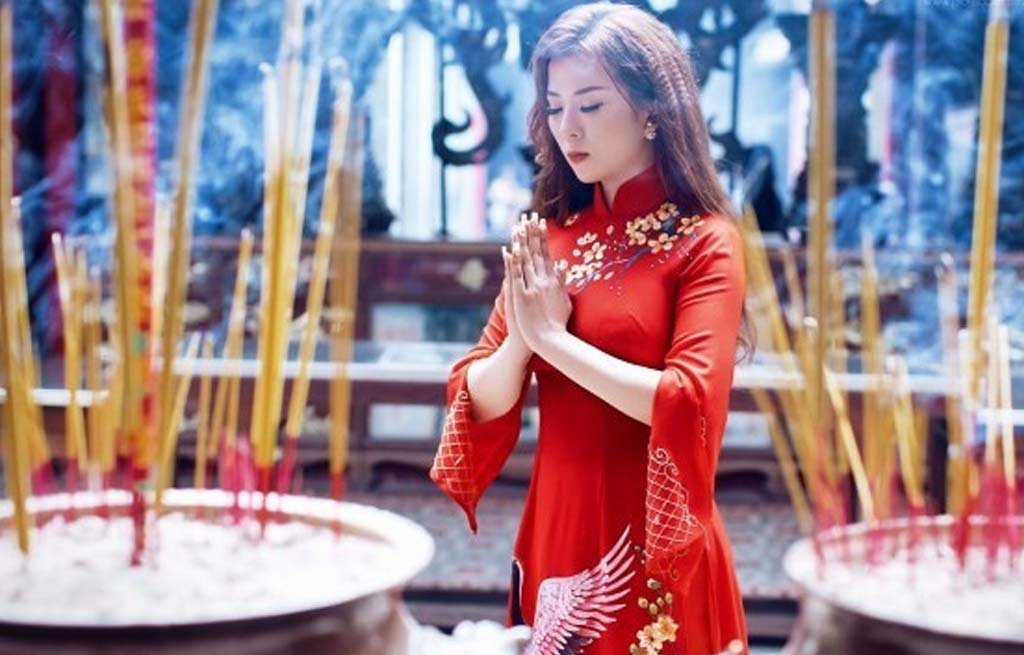
How Incense Sticks Are Made
The art of incense-making at Quang Phu Cau has been carefully preserved for centuries, with each step requiring both skill and patience:
- Splitting Bamboo – Bamboo is cut into thin sticks, then polished to ensure smoothness.
- Dyeing – The base of each stick is dipped in bright red or yellow dye, colors chosen for their spiritual symbolism.
- Preparing Incense Powder – A fragrant blend of natural herbs, resins, and aromatic plants (such as cinnamon, star anise, or sandalwood) is ground into a fine powder.
- Coating – Each stick is carefully rolled or dipped into this mixture, ensuring an even layer of incense.
- Drying Under the Sun – Bundles of freshly coated sticks are spread out in courtyards, creating the iconic circular patterns that make the village so photogenic. Sun-drying not only prevents mold but also helps lock in the fragrance.
Many families in Quang Phu Cau have their own secret herbal recipes, passed down through generations, giving their incense a unique aroma and longevity. This is why every household’s product carries a personal touch, making the village’s craft as much about heritage as it is about trade.
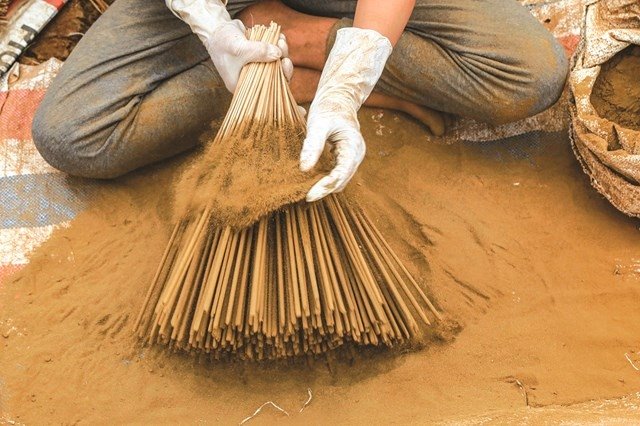
When to Visit Quang Phu Cau
Quang Phu Cau is open to visitors year-round, but the village truly comes alive in the weeks leading up to Tết (Lunar New Year). During this period, the demand for incense skyrockets, and every courtyard bursts with brilliant bundles of red and yellow sticks drying under the winter sun. It’s the most photogenic—and atmospheric—time to visit.
Travel Tips
- ✅ Always ask permission before photographing inside private courtyards.
- ✅ Consider buying incense bundles—not only are they affordable and aromatic souvenirs, but your purchase also directly supports local families.
- ✅ For the best photos, wear contrasting outfits such as white, yellow, or blue, which stand out beautifully against the crimson incense.
- ✅ Visit in the morning for softer light and fewer crowds.
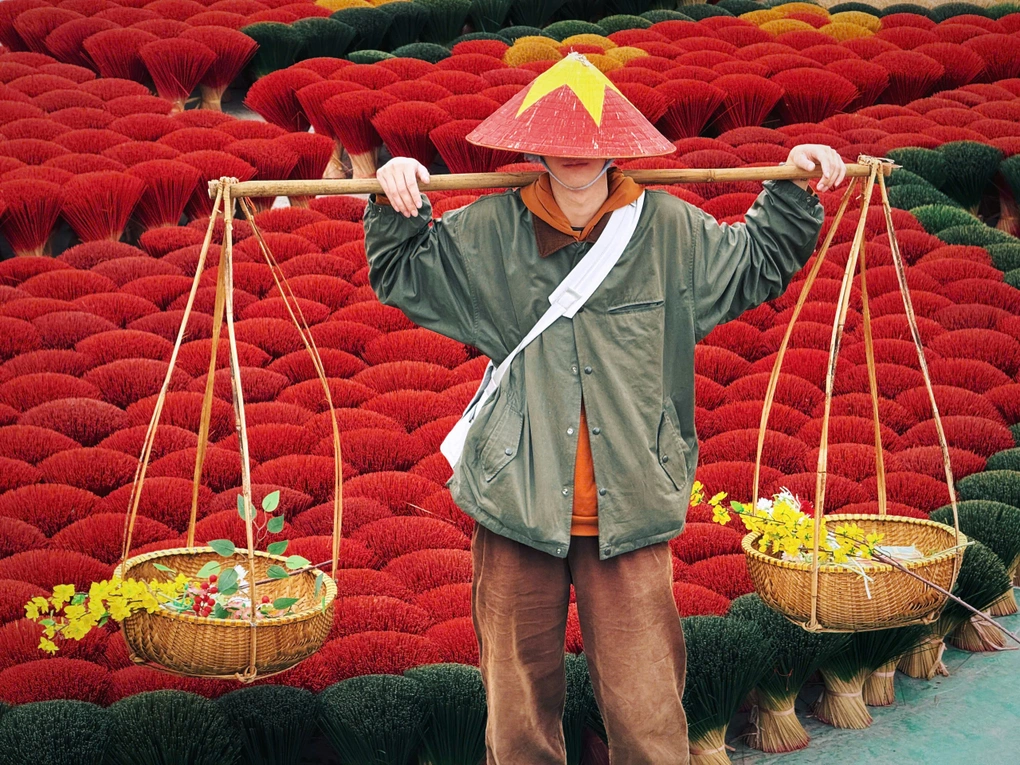
Other Craft Villages Near Hanoi
If Quang Phu Cau sparks your interest in traditional crafts, you’ll find many more villages around Hanoi that showcase Vietnam’s artisanal heritage:
- Bat Trang Pottery Village (20 km east) – Renowned for exquisite ceramics with over 600 years of history. You can even try your hand at the potter’s wheel.
- Van Phuc Silk Village (15 km southwest) – A thousand-year-old community famous for weaving delicate silk, once supplied to royals and aristocrats.
- Chuông Conical Hat Village (30 km south) – The birthplace of Vietnam’s iconic nón lá, still handmade by skilled artisans.
- Thai Ha Lacquer Village (20 km south) – Specializing in lacquer art for more than 200 years, producing everything from fine furniture to decorative panels.
Visiting these villages offers not only beautiful souvenirs but also a hands-on connection to Vietnamese culture, where age-old skills are still practiced with care and pride.
Final Thoughts
Visiting Quang Phu Cau Incense Village is more than a photography trip—it’s an immersion into Vietnam’s worship culture and ancestral traditions. Here, beauty, spirituality, and craftsmanship merge into a living heritage that continues to thrive just outside Hanoi.
Whether you’re a photographer, culture enthusiast, or simply curious about local life, this village promises an unforgettable experience on your journey through Vietnam.

